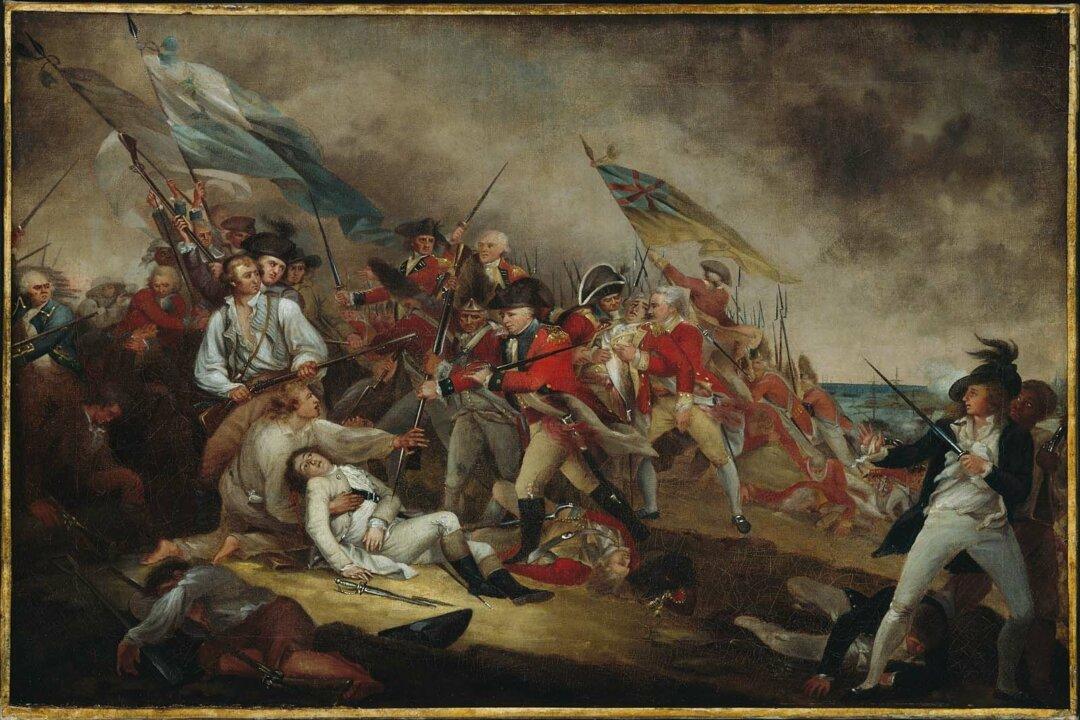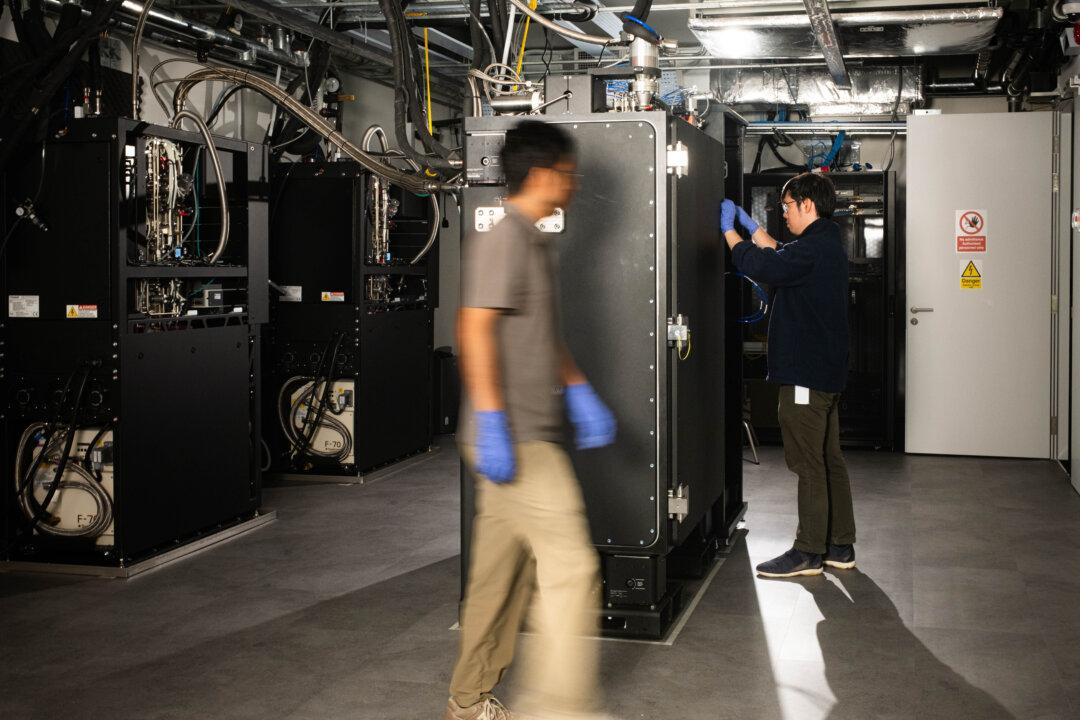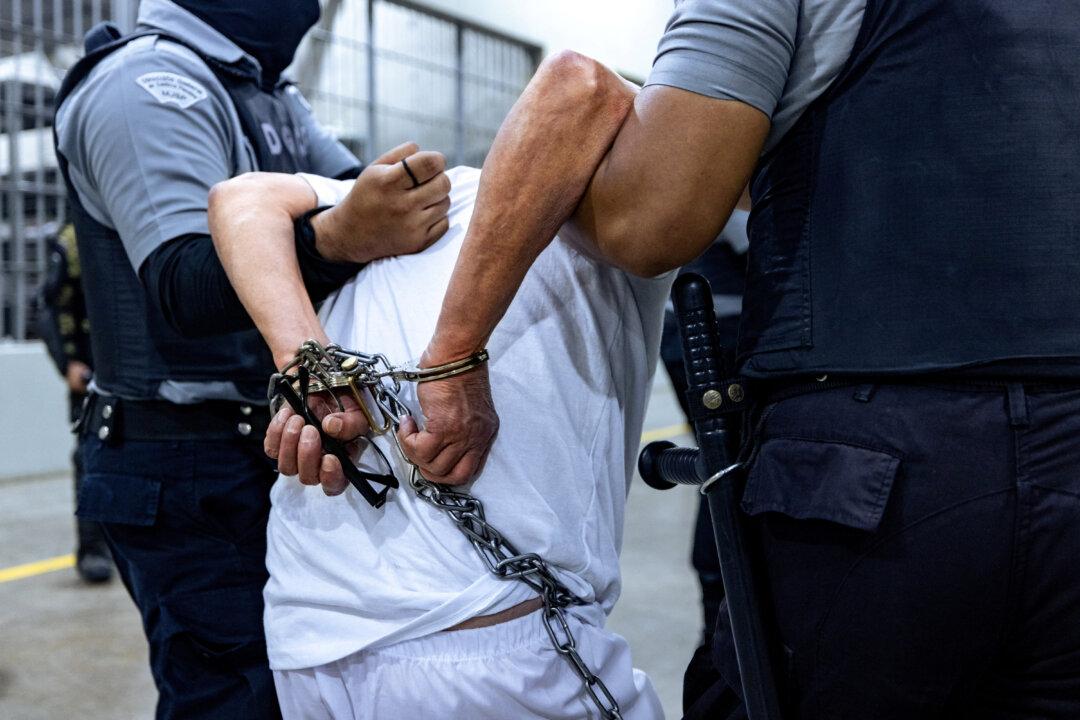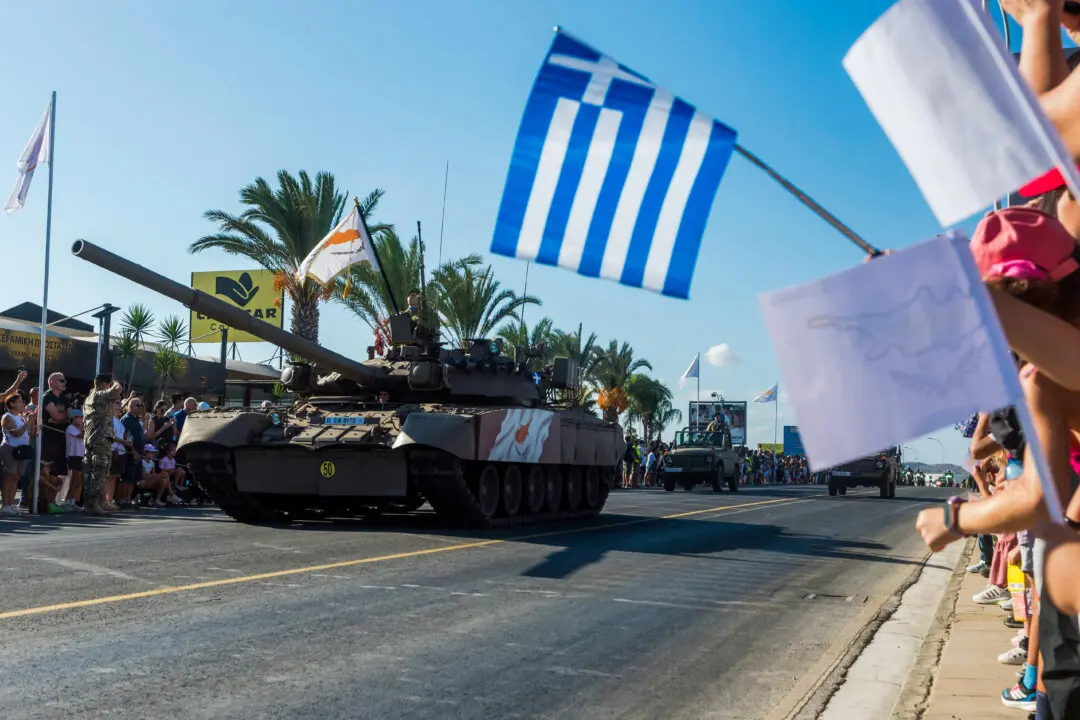The co-chair of the All-Party Parliamentary Group on War Heritage has called for a “tangible” memorial to the British soldiers and the loyalists who died during the American War of Independence.
Lord Faulkner of Worcester told The Epoch Times, “There is no memorial at the moment to those who died on the British side and that is perhaps something we should talk about, a tangible monument.”






